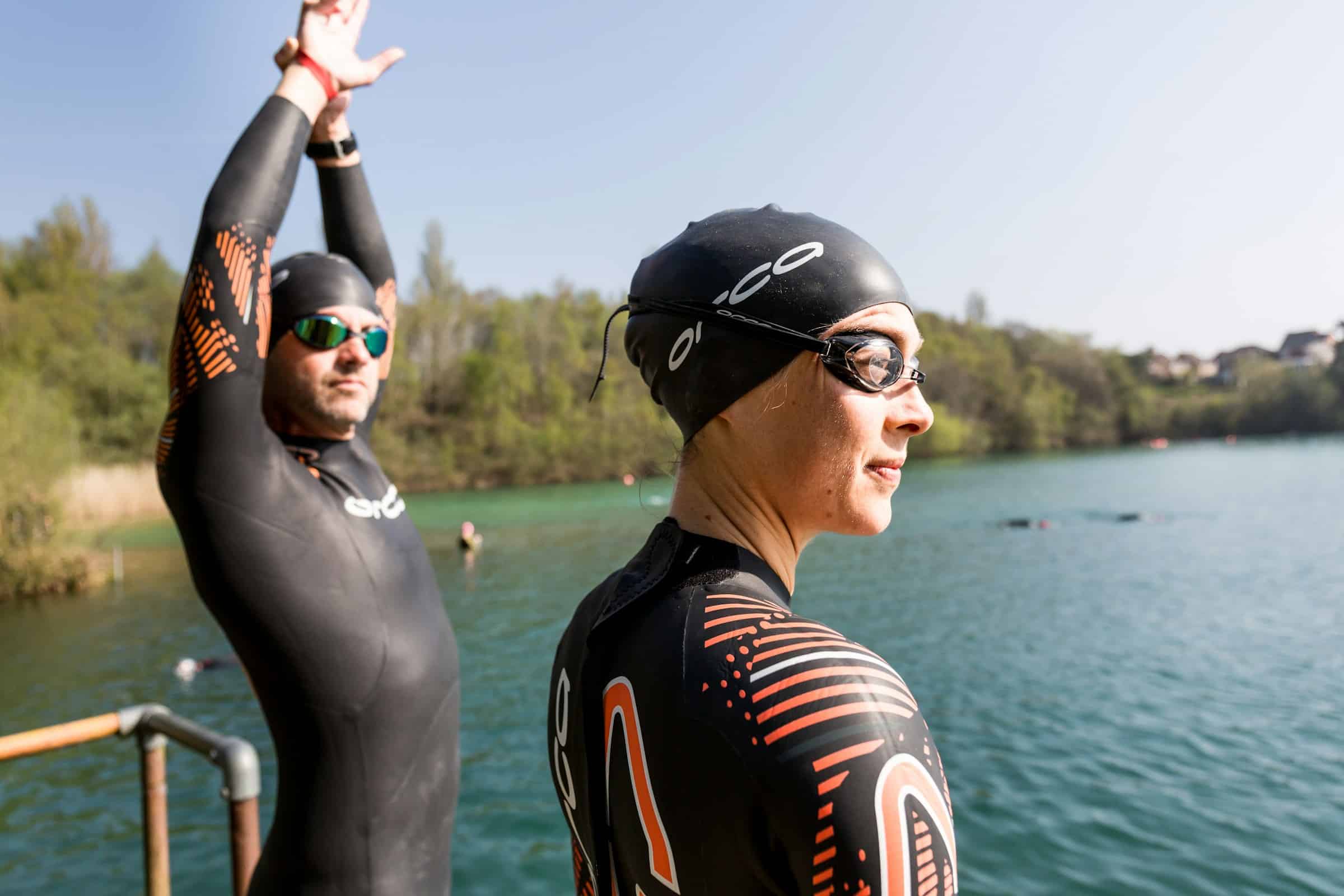How Can Normobaric Hypoxia Training Benefit Athletes Living at Sea Level?

As sports enthusiasts, we are always on the hunt for strategies that could enhance our prowess and boost performance levels. One method that has been gaining traction in recent years is normobaric hypoxia training. This method involves training under conditions of reduced oxygen, similar to those experienced at high altitudes. But how does this training benefit athletes, especially those living at sea level? Let’s delve deeper into this topic.
The Concept of Altitude Training
Altitude training has long been a staple in the arsenal of high-performance athletes, especially those in endurance sports. The principle behind this type of training is exposure to high altitude conditions where the level of oxygen is low.
Dans le meme genre : What Are the Key Training Considerations for Senior Athletes in Masters Track and Field?
When exposed to such conditions, the body responds by producing more red blood cells to carry oxygen, thereby improving aerobic capacity and endurance. While this is beneficial for athletes living or training at high altitudes, what about athletes residing at sea level? This is where normobaric hypoxia training comes in.
Normobaric Hypoxia Training: A Solution for Sea Level Athletes
Normobaric hypoxia training provides a solution for athletes living at sea level who don’t have ready access to high altitude conditions. This form of training can be achieved by using hypoxic air machines that reduce the level of oxygen in the air inhaled during workouts, simulating high altitude conditions.
Dans le meme genre : How Can Multi-Sensor Wearables Enhance Performance Monitoring in Endurance Trail Runners?
A study published on PubMed, the free search engine hosting references and abstracts on life sciences and biomedical topics, suggested that even low-level exposure to normobaric hypoxia could stimulate physiological adaptations beneficial for sea-level exercise performance.
The Science Behind the Benefits
Now that we understand what normobaric hypoxia training is all about, what evidence is there to support its benefits for athletes living at sea level? Numerous scientific researches have been conducted to answer this question. For instance, a study found on Google Scholar, a widely used web search engine for scholarly literature, showed that repeated exposures to normobaric hypoxia induce adaptations that enhance sea-level exercise performance.
These adaptations include an increase in the number of red blood cells, improvements in the efficiency of oxygen delivery to muscles during exercise, and an increase in the density of capillaries, the tiny blood vessels that deliver oxygen and nutrients to tissues. All these factors contribute to a significant improvement in an athlete’s performance.
Misunderstandings and False Beliefs
Despite the growing body of evidence supporting the benefits of normobaric hypoxia training, there are still plenty of misunderstandings and false beliefs about this type of training. Some people believe that the hypoxia induced by this training could potentially harm the body, but in reality, it is a safe and effective method when done correctly.
A review in the Journal of Appl Physiol (short for Applied Physiology), a monthly peer-reviewed medical journal, highlighted that the risks associated with exposure to normobaric hypoxia are minimal and manageable, especially when the exposure is done under controlled conditions and with proper supervision.
Practical Applications in Sports Performance
With the benefits of normobaric hypoxia training well-documented, how can this be practically applied in sports performance? This form of training can be especially advantageous for endurance athletes, who can use it to enhance their aerobic capacity and performance in races at sea level.
It can also be beneficial for team sports athletes, as it can improve their ability to repeat high-intensity efforts, which is a key requirement in many team sports. Furthermore, this type of training could be a potential game-changer for athletes who must compete at high-altitude locations but live and train at sea level.
In conclusion, normobaric hypoxia training presents a promising approach for sea-level athletes to reap the benefits of altitude training without having to move to a high altitude area. As long as it’s done under controlled conditions and with professional guidance, it can serve as an effective tool for enhancing sports performance.
However, it’s important to note that like any training method, normobaric hypoxia training may not work for everyone, and it’s crucial that athletes consult with their coaches or exercise physiologists to determine if it’s the right strategy for them.
The Double-Edged Sword of Altitude Training: Benefits and Risks
The advantages of altitude training are well-documented, and it is no surprise that many athletes are keen to jump on the bandwagon. However, like any other training method, it’s crucial to understand both the benefits and the risks involved. As a quick refresher, the principle benefit of altitude training, including normobaric hypoxia training, is improved aerobic capacity.
This is achieved through increased production of red blood cells resulting in greater oxygen-carrying capacity. Studies found on Google Scholar have shown that these adaptations can significantly boost exercise performance at sea level, making it a potentially advantageous method for athletes living at lower altitudes.
Normobaric hypoxia training aims to mimic these benefits using special equipment that alters the oxygen concentration in the air, allowing athletes to train under ‘high altitude’ conditions without having to relocate.
Nonetheless, it’s essential to recognize that introducing hypoxia into a training regime is not without its risks. Misunderstanding and misapplication of the technique can lead to complications. A common false search belief is that the more hypoxia, the better. However, excessive or uncontrolled exposure to low oxygen levels can lead to adverse effects such as hypoxia-induced injury or illness.
According to an article in the journal Appl Physiol, risks can be minimized by ensuring exposure to hypoxia is controlled and supervised. It’s vital that athletes work closely with professionals to tailor their training appropriately, and avoid the ‘live high, train high’ mentality, which can jeopardize performance and health.
Training Strategies: Integrating Normobaric Hypoxia Training into a Routine
Integrating normobaric hypoxia training into an athlete’s routine requires careful planning and consideration. This involves not only understanding the science behind the technique but also considering the practicalities of its use. It is not a one-size-fits-all approach, and what works for one individual or sport may not necessarily work for another.
In endurance sports, for example, the goal is usually to enhance aerobic capacity and efficiency. Therefore, athletes may benefit from integrating periods of normobaric hypoxia training into their regular training regime. This could involve using hypoxic air machines during specific workouts each week, gradually increasing exposure over time under the guidance of a qualified professional.
On the other hand, team sports athletes might focus on using normobaric hypoxia training to improve their ability to repeat high-intensity efforts. This might involve shorter, more intense sessions using hypoxic air machines, coupled with regular training at sea level.
Regardless of the specific approach used, it’s crucial that athletes listen to their bodies and adjust their training accordingly. Furthermore, it’s important to ensure adequate recovery periods, as the body may require more time to recuperate after training in hypoxic conditions.
In Conclusion: A Powerful Tool, but Not a Magic Bullet
In conclusion, normobaric hypoxia training holds significant potential for athletes living at sea level. The benefits of altitude training, such as increased red blood cell production and improved aerobic capacity, can be achieved without the need to relocate or expose oneself to the risks associated with training at high altitudes.
However, it is not a magic bullet. It needs to be integrated responsibly and strategically into an athlete’s existing training regime under the guidance of professionals. Athletes should also be aware of the potential risks and ensure they are not losing sight of other important elements of their training.
While normobaric hypoxia training isn’t the perfect solution for everyone, it provides an exciting opportunity for many athletes to take their performance to new heights. The future of sports may indeed be a little less oxygenated, but with the right approach, athletes can breathe easy knowing they are training both effectively and safely.
